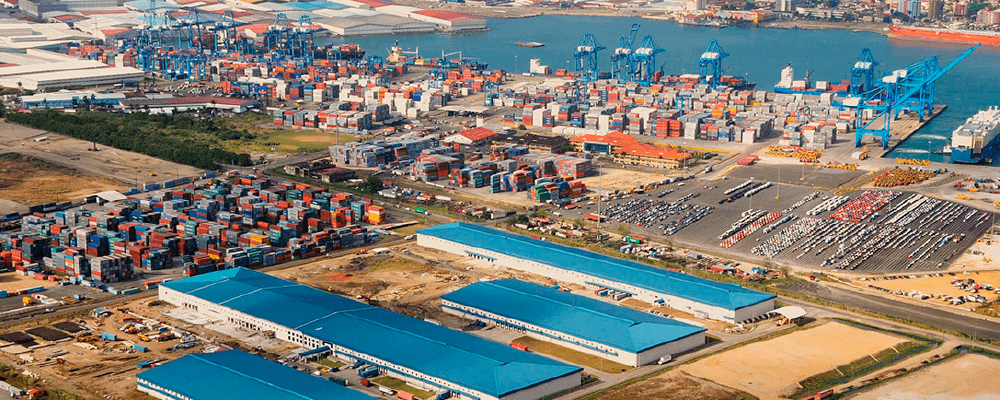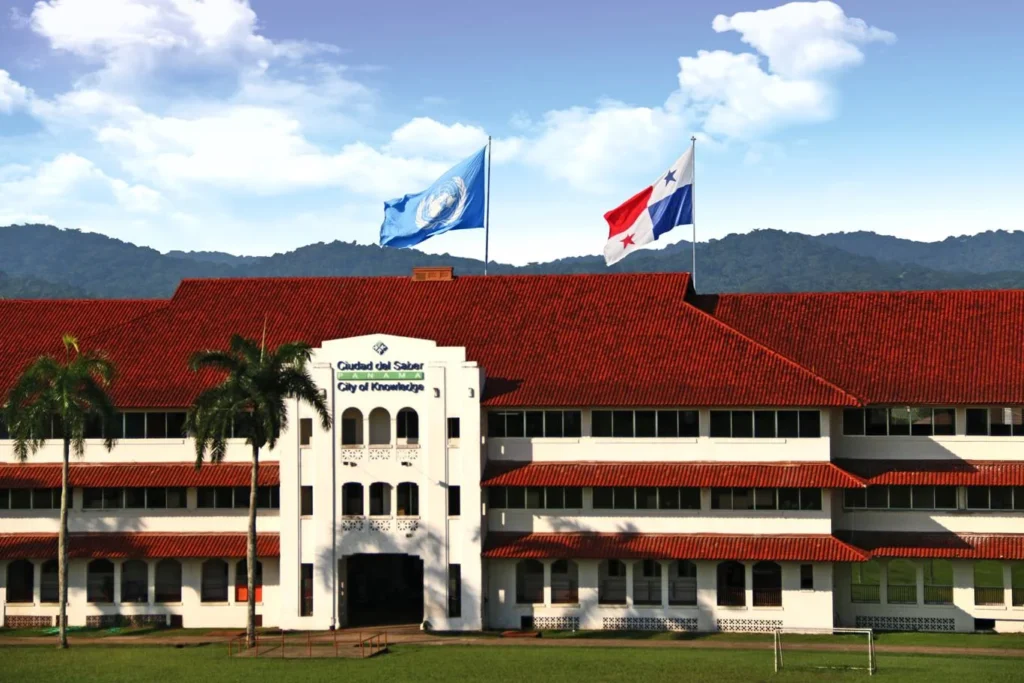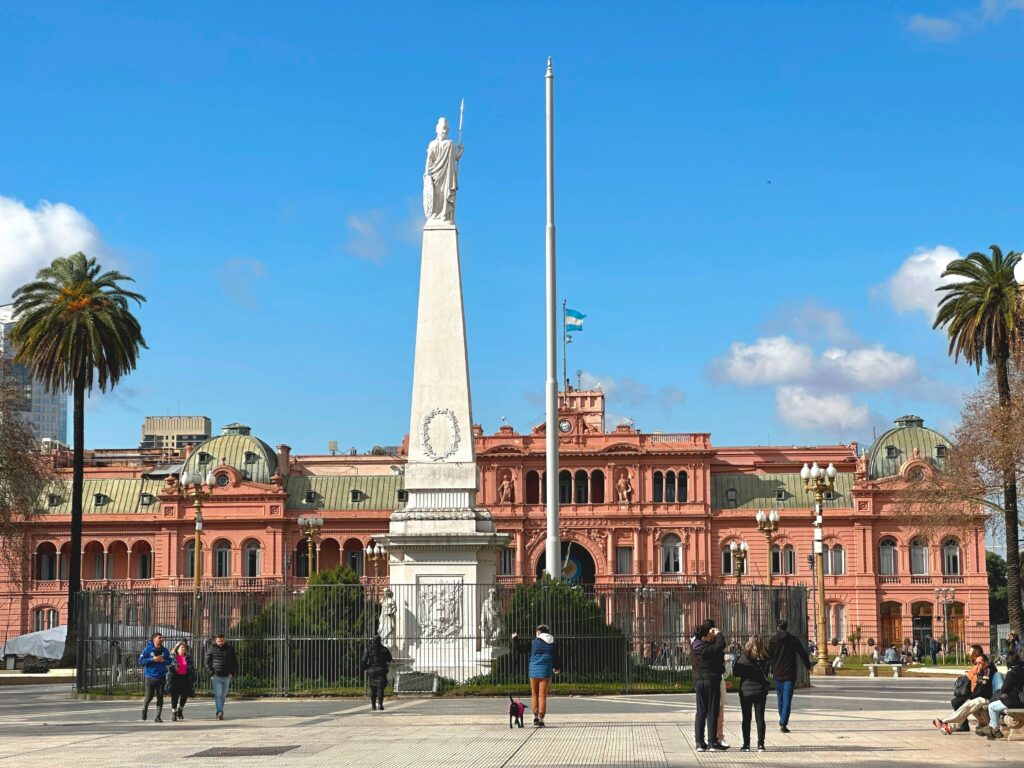Panama’s economic transformation: A regional model for growth
Written by: Flor Monestel Sánchez 🇨🇷
——————————————————
Panama’s rise as Central America’s leading economy is no accident. A combination of long-term strategic vision, tax incentives, public safety, political stability, and a steadily expanding infrastructure has made the country a magnet for global business and investment.
According to Panama’s Ministry of Economy and Finance, the country’s Gross Domestic Product grew by 2.9% in 2024, reaching B/.86.26 billion — a 3.5% increase on the previous year. Supported by a dollar-based monetary policy, world-class logistics, and a strategic geographical position, Panama has become a preferred base for companies in construction, logistics, trade, finance, real estate, and business services.
Official figures show that 85.1% of this growth derived from wholesale and retail trade (41.3%), construction (24.6%), and transport, storage and postal services (19.1%). The fastest-growing sectors in 2024 were professional, scientific and technical activities (10.6%), hospitality (8.9%), other services (8.5%), real estate (6.9%), financial and insurance services (6.5%), wholesale and retail trade (5.9%), water supply and waste management (5.5%), and energy supply (5.1%).
Tourism: A pillar of expansion
Tourism continues to play a pivotal role in sustaining Panama’s growth. Between January and May 2025, the country recorded a 4.1% increase in international visitors, while tourism revenue reached USD 2.8 billion, up 7.6% on the same period in 2024.
In this context, Panama has consolidated its reputation as a model of economic development and the strongest economy in Central America — even surpassing Costa Rica. According to the Economic Commission for Latin America and the Caribbean (ECLAC), Panama’s GDP is expected to grow by 4.2% in 2025 and 4.6% in 2026.
An economy driven by connectivity
Panama remains the most important logistics hub in Latin America, underpinned by its port infrastructure, air and maritime connectivity, and the renowned Colón Free Zone (ZOLICOL). In the World Bank’s 2023 Logistics Performance Index, Panama achieved an overall score of 3.1, ranking 57th globally thanks to the efficiency of its customs services and the quality of its port facilities. Within Latin America, it stands alongside Chile and Brazil as one of the region’s top logistics performers.

Data from the Panama Maritime Authority (AMP) show that container traffic through national ports exceeded 9.5 million TEUs in 2024, marking a 15.1% increase year-on-year and strengthening Panama’s position among the world’s top ten logistics hubs.
At the heart of this network lies the Panama Canal, through which an estimated 3% of global maritime trade passes, connecting 180 shipping routes across 170 countries and 1,920 ports. Over the next five years, the Panama Canal Authority plans to invest more than B/.8.5 billion to ensure the waterway remains modern, competitive and sustainable.
The Colón Free Zone complements this advantage by bringing together logistics, manufacturing and distribution firms within an ecosystem that offers fiscal and administrative benefits to reduce operating costs. It is regarded as the largest international trade hub in Latin America for the movement of goods between the Americas, the Caribbean, Asia and Europe.
Panama’s appeal to investors is further enhanced by a favourable business environment. Tax exemptions in special regimes encourage foreign direct investment, while the Multinational Headquarters Law (SEM) provides incentives for global companies establishing their regional bases in the country.
Diversified development
While logistics remains one of Panama’s economic pillars, the country has steadily diversified into technology and innovation. The Ciudad del Saber (City of Knowledge) serves as an innovation hub attracting startups and technology firms keen to develop in a dynamic, collaborative environment.

The real-estate sector is also expanding, with new skyscrapers reshaping Panama City’s skyline and reflecting investor confidence in the nation’s ongoing modernisation.
Beyond tax advantages, companies are drawn by Panama’s quality of life. The country offers excellent healthcare, international education and a cosmopolitan culture that helps foreign professionals integrate with ease.
A strong position in Central America
Panama has established itself as a benchmark for economic development in Central America, combining first-class infrastructure, a favourable business climate and a strategic location. Its growth model — underpinned by sector diversification and macroeconomic stability — positions the country as a magnet for foreign investment and a key hub for global trade.
Beyond economic expansion, Panama’s resilience stands out. The country has maintained solid recovery following the pandemic, with positive forecasts reinforcing its leadership in the region. At the same time, its growing focus on renewable energy, digitalisation and financial inclusion is paving the way for sustainable, long-term development.
With these foundations, Panama has not only become Central America’s leading economy but also a strategic global gateway for investment and international trade.





